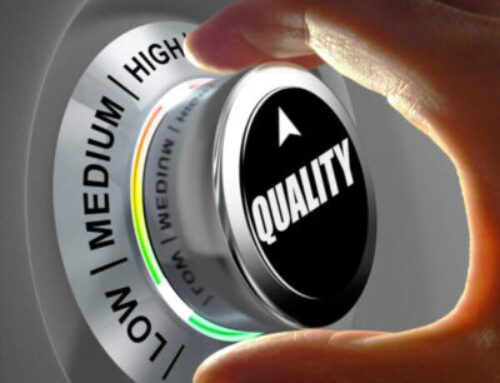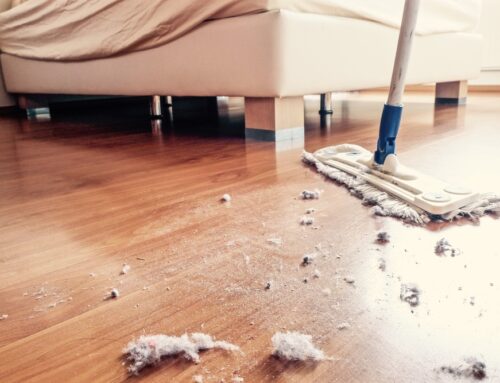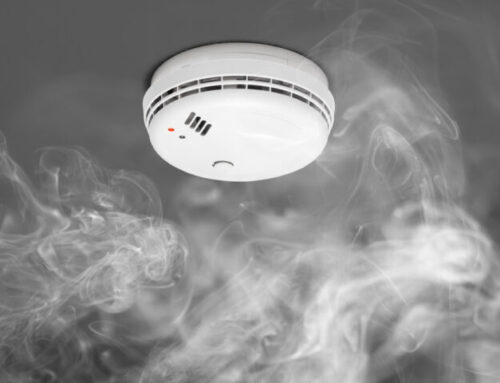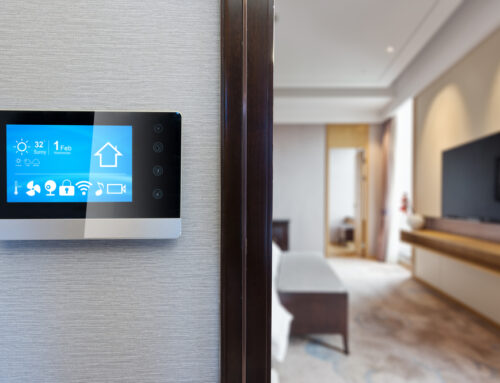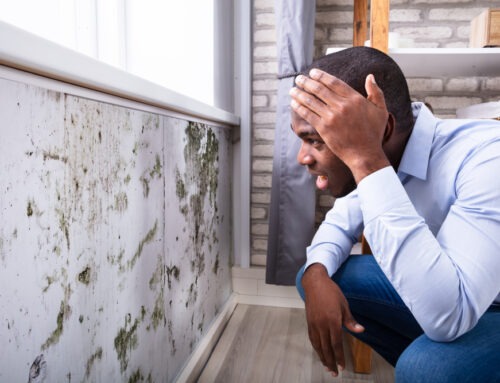There’s a common misconception that carbon monoxide (CO) is only really a threat in poorly ventilated garages, furnace rooms, and other similar areas. This is not the case – CO is a gas that can be highly dangerous to one’s health and safety, and it’s not limited to these environments alone. In fact, we at Indoor Air Quality Ottawa have seen many cases where CO is present in office environments. We know how important it is to keep airborne pollutants, especially carbon monoxide, under control for occupant health and safety. We offer state-of-the-art and thorough air quality testing to help protect your property and all occupants. Today, let’s explore the fundamentals of this odourless, colourless gas to help you put your safety first.
Origins of Carbon Monoxide
CO is relatively simple in composition, made up of only two ingredients: carbon and oxygen. When it mixes with the air, it can easily be inhaled, whether working, sleeping, talking, or otherwise. The most common source of the gas is combustion or the burning of materials containing carbon. Examples include propane tanks, coal, oil, wood, and gasoline. Sources of carbon monoxide aren’t only found in garages and factories, however – office environments, for instance, may detect the gas due to sources such as cafeteria stoves, HVAC units venting it into various spaces, space heaters, forklift machineries, indoor garages, etc.
Dangerous with No Warning
Carbon monoxide cannot be identified without the use of purpose-built detector equipment, which is why every home and business should have one on each floor active, regularly inspected to ensure it’s working properly. With no taste, smell, or even colour, this gas can otherwise infiltrate a building and reach volatile levels without occupants even knowing. While it’s common knowledge that CO has the potential to kill humans and animals with relative ease, there are also long-term health risks from high exposure including birth defects, coordination and motor skills issues, brain and tissue damage, and more. These depend on exposure levels, but you should also be aware that even a low level isn’t technically “safe.” Don’t take risks if you can avoid them.
Stopping CO at the Source
We work closely with business owners in commercial and industrial environments, as well as homeowners, to accurately identify all sources of CO indoors and inform them on an appropriate plan of action. Working with a professional indoor air quality testing company means having access to the tools, techniques, and talent needed to make knowledgeable and proactive decisions, safeguarding your health and wellness.
Together, we can stop carbon monoxide by minimizing combustion sources and ensuring all spaces are sufficiently ventilated – the cycling of indoor air is of critical importance! To learn more or request our air quality testing services, contact us today. We’re here to help in any way we can.



